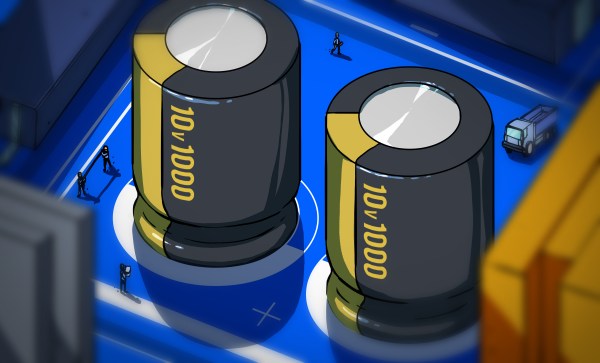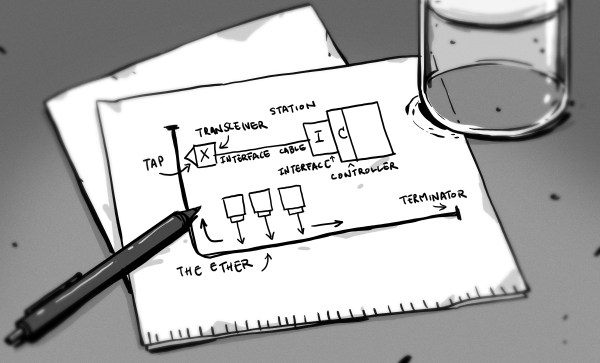Handhelds are designed to be portable, but what if you need something smaller than OEM? The Steam Brick pulls basically everything off of a Steam Deck to make it as portable as possible.
[crastinator-pro] found they rarely used the controller or screen on their Steam Deck, and the form factor was too bulky to conveniently chuck into their bag, negating the advantage of owning a portable console. As to be expected from any self-respecting hacker, they did a couple quick tests with components unplugged then got to work with the rotary tool.
After excising the main board from its handheld bonds and trimming unnecessary bits from the aluminum frame around the mainboard, they designed a case that can be tossed in a bag without any special treatment. The case was printed in polycarbonate to better withstand the heat of the console running at full tilt, and the colorful details were added in PLA with a 3D pen.
We’ve discussed using a Steam Deck as a single-board computer before, but if you want to keep it in one piece, you could also get it setup in a slick keyboard case.

















